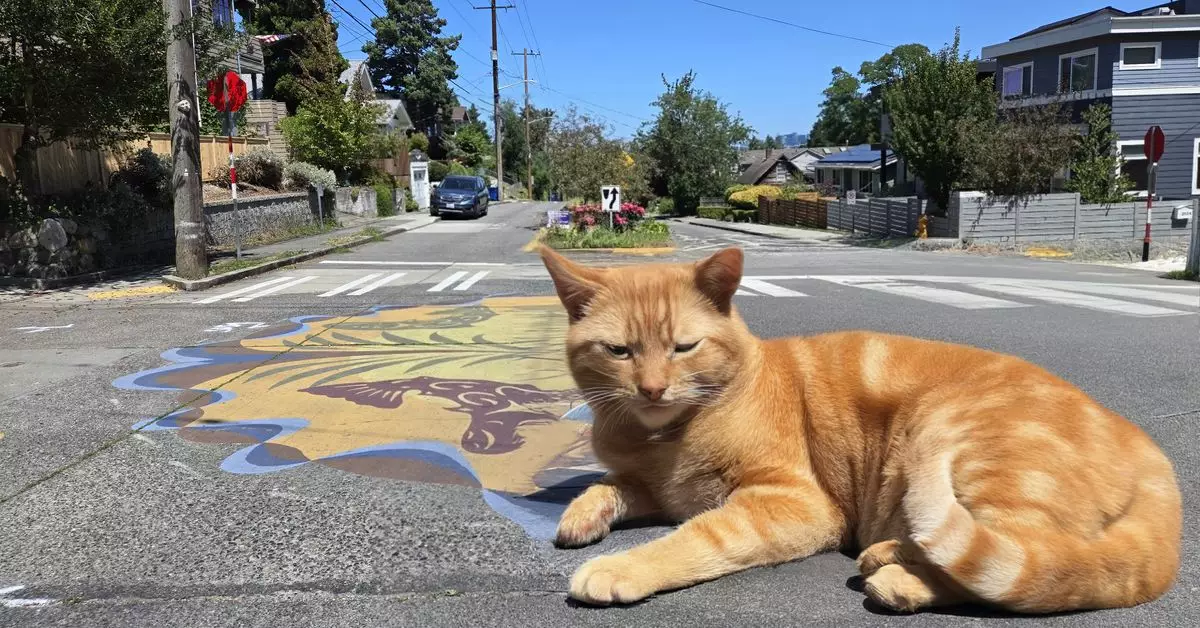As technology continues to advance, the line between what is real and what is fake becomes increasingly blurred. The latest innovation from Samsung, the Sketch to Image feature on the Galaxy Z Fold 6 and Z Flip 6, showcases the power of generative AI in transforming rough sketches into detailed images. While this feature may seem harmless and even entertaining at first glance, a deeper analysis reveals the potential dangers it poses in terms of creating realistic yet deceptive content.
The Sketch to Image tool allows users to draw basic sketches on photos or empty note pages and then uses generative AI to turn those sketches into realistic images. While this may seem like a fun and creative way to enhance photos, the results are often so convincing that it becomes difficult to distinguish between what is real and what is artificially generated. The author of the original article, Allison Johnson, mentions how even the world’s worst artist can create photorealistic images using this tool, raising concerns about the authenticity of the content produced.
One of the key issues highlighted by Johnson is the fact that AI-generated elements are seamlessly incorporated into photos, matching the surrounding environment in a way that makes them appear genuine. In one example, she describes how a blurred sketch of a bee on a flower was turned into a realistic image by the AI, to the point where it would be challenging for viewers to distinguish it as a fake. This ability to create highly realistic yet artificial content raises questions about the implications of such technology on our perception of truth and authenticity.
While the Sketch to Image feature may seem like a harmless tool for creating whimsical images, it also has the potential to be used for more deceptive purposes. Johnson mentions how the AI-generated content can be easily edited and shared on social media platforms like Instagram, where viewers may not be aware that the images have been artificially created. This raises ethical concerns about the manipulation of visual content and the impact it may have on our shared understanding of reality.
As generative AI tools become more accessible and widespread, the definition of photography and our understanding of truth in images are also evolving. The ease with which users can now manipulate photos and create realistic yet fake images raises important questions about the authenticity of visual content in the digital age. Johnson reflects on the implications of this technology for future generations, particularly children who are growing up in a world where AI can effortlessly transform rough sketches into polished images with a simple press of a button.
While the Sketch to Image feature on Samsung phones may offer a glimpse into the future of creative possibilities with AI, it also raises significant concerns about the potential misuse of such technology. The ability to generate realistic yet deceptive images has far-reaching implications for our perception of reality and truth in visual content. As we navigate this increasingly complex landscape of AI-generated content, it is essential to critically examine the impact of these tools on our society and how we interact with digital imagery.


Leave a Reply